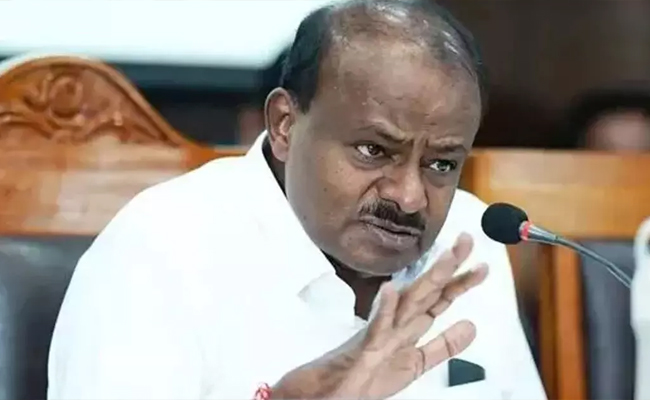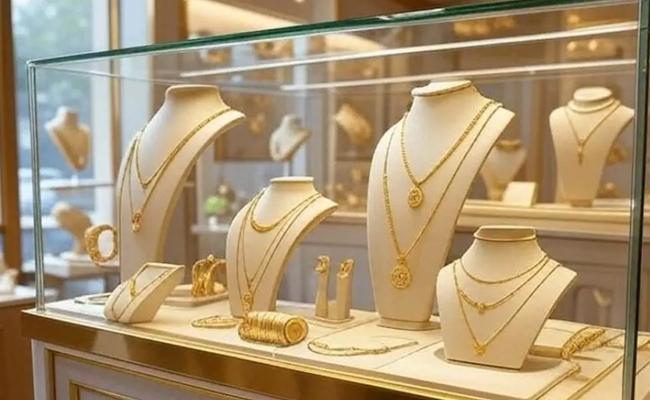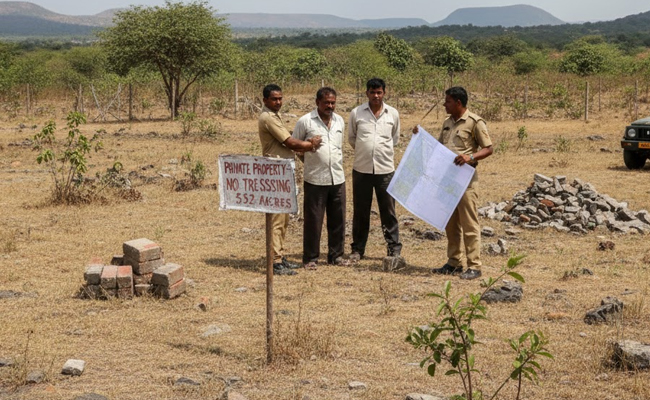Jaipur, Oct 2 : Chief Minister Vasundhara Raje on Tuesday inaugurated the city's 'Dravyavati River Rejuvenation Project' executed by Tata Projects Ltd. spread over 47.5 km rain-fed riverfront.
The area had degenerated into an untreated sewage nallah, but has now been restored as a perennial river, fed by treated clean water.
For now, the 13-km stretch of Dravyavati riverfront out of total area of 47.5km has been opened for residents.
Raje said the dream visualized in the year 2014 to rejuvenate the dry river has finally been realized. "The residents can come and view nature here," she said.
The project aims to reduce pollution, treat 170 million litres of sewage a day, create green and social spaces, cycle and jogging tracks along its banks, reduce the threat of floods, create employment, and transform Jaipur into a clean city, the Chief Minister said.
Encroachments have been removed from the nallah which has helped restore the river to its glory and vitality.
Vaibhav Galaria, Jaipur Development Commissioner, said: "This is one of the largest and most complex projects undertaken by Jaipur Development Authority."
Vinayak Deshpande, Managing Director, Tata Projects Limited, said: "We are happy to be a part of this visionary project, which will become an example for river rejuvenation in India. This project had many challenges for us."
Officials said over 17,000 trees, shrubs, and ornamental plants have been planted along the banks. A pathway and a cycling track on both sides of the river has been provisioned. Planned landscapes have been developed along the river totalling an impressive 5.0 lakh square meters.
Five Sewage Treatment Plants (STPs) have been installed along the course of the river with a combined capacity of 170 MLD, officials added.
The ambitious project aims to contain flood discharge, realign original route of the river, remove all encroachments, reclaim valuable land, and enhance value of properties at impact zones.
Jaipur Development Authority has contracted the project for Rs 1,676 crore to a consortium of Tata projects and Shanghai Urban Construction Group. The consortium will be responsible for the maintenance of this project for 10 years from its completion.
Let the Truth be known. If you read VB and like VB, please be a VB Supporter and Help us deliver the Truth to one and all.
Noida (PTI): A 46-year-old businessman was burnt to death after his moving car caught fire in Uttar Pradesh’s Gautam Buddha Nagar district, police said on Tuesday.
According to police, the victim was identified as Rajkumar Singhal, who was engaged in the paint business. The incident occurred late on Monday night near Sorkha village under the Sector 113 police station area.
Station House Officer Krishna Gopal Sharma said Singhal was driving towards Parthala Chowk when his vehicle suddenly caught fire for reasons yet to be ascertained.
Singhal was unable to get out of the car and died in the blaze, the SHO said.
Fire tenders reached the spot after receiving information, but the car had already been gutted, police said. The body has been sent for post-mortem examination and an investigation is underway.
Police suspect the presence of paint or other inflammable material in the car may have caused the fire to spread rapidly.





